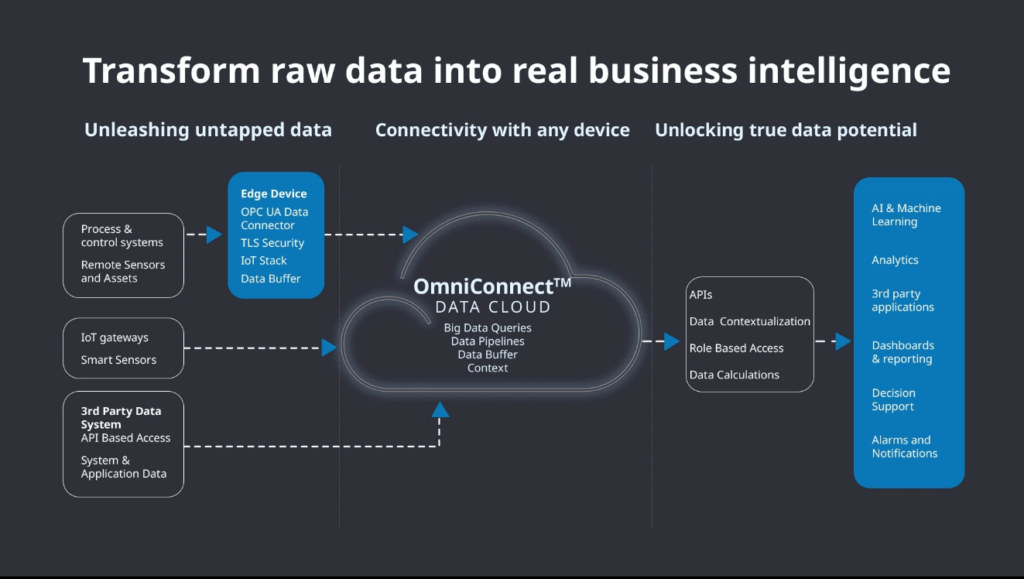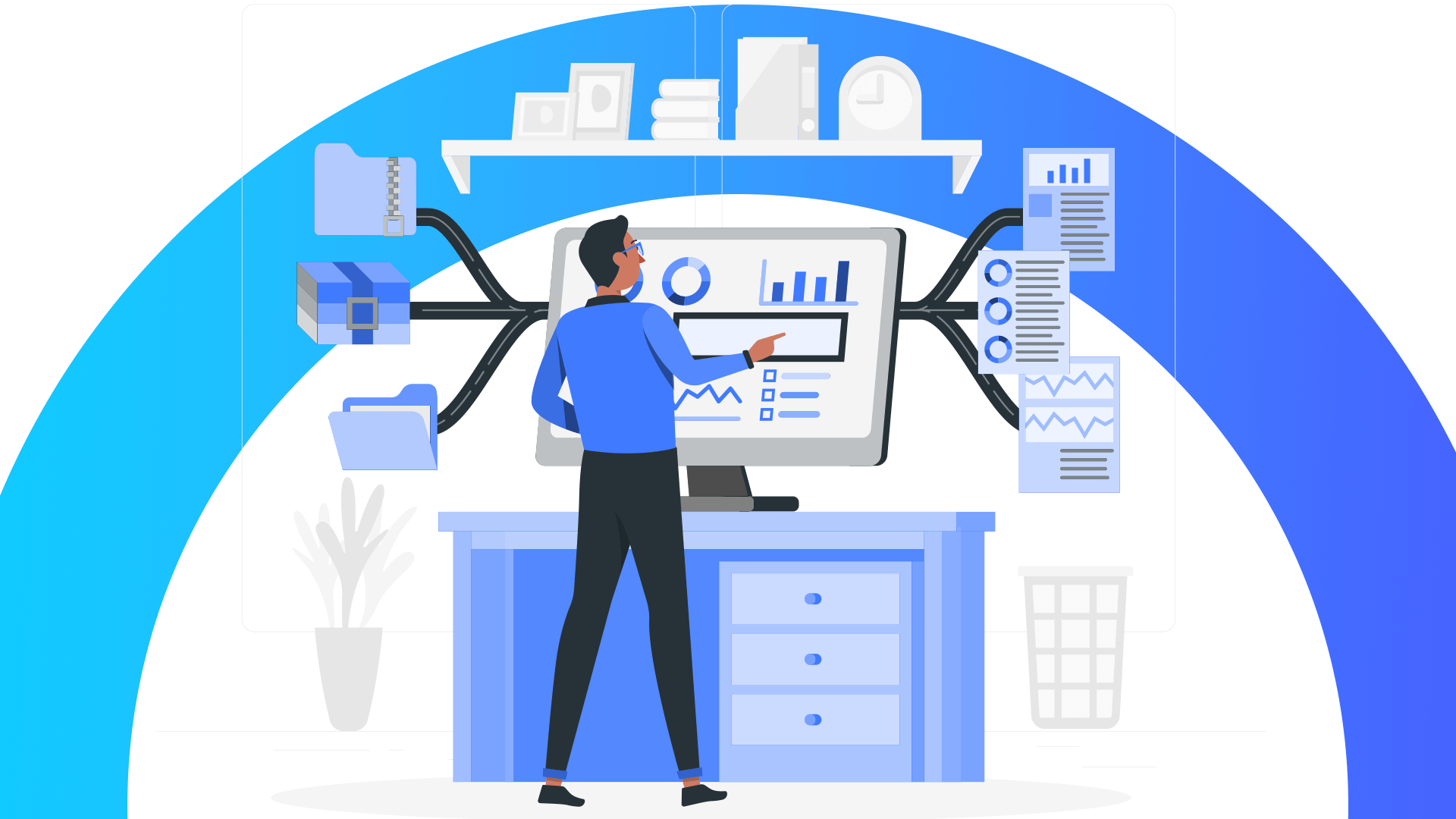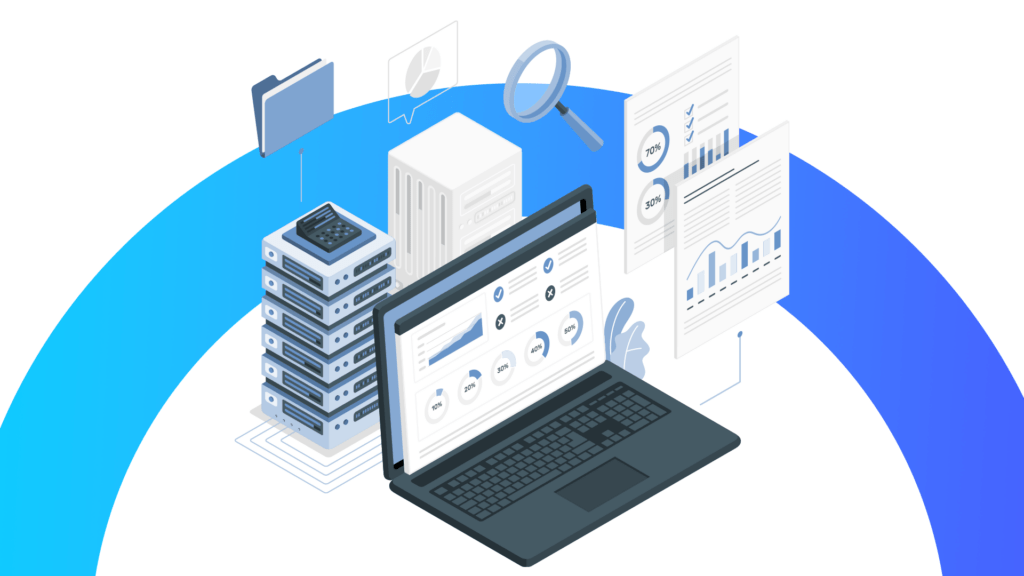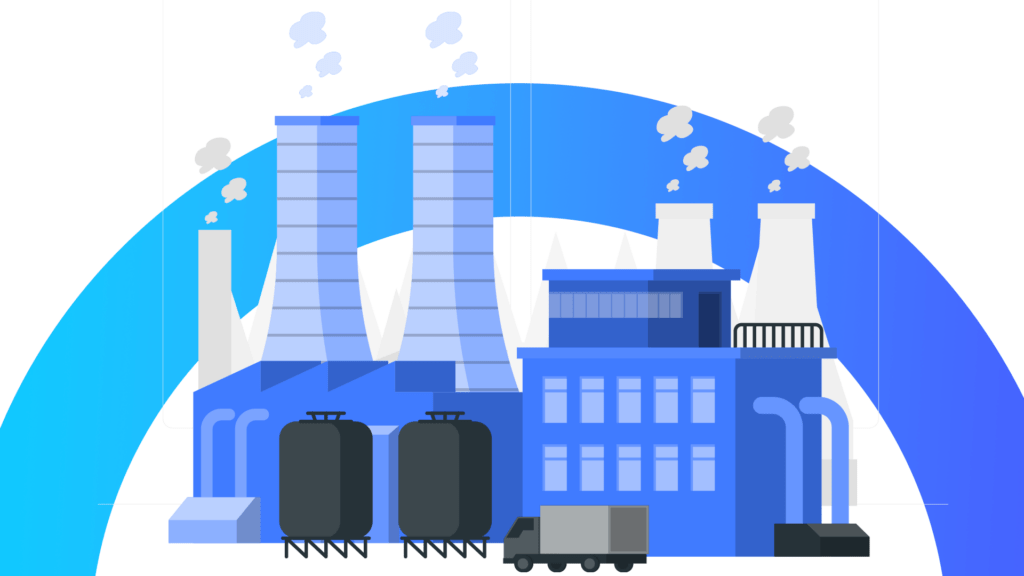In today’s manufacturing landscape, data historians are integral. These powerful tools collect and analyze data from sensors and IoT devices, providing insights that drive efficiency. As Industry 4.0 expands, demand for cloud-based historians is surging. Let’s explore the various aspects of a data historian and reflect on its relevance.
Introduction
In today’s manufacturing landscape, harnessing the ability to collect and analyze manufacturing data is essential. Hence, the demand for database tools that retrieve, store, and analyze data sourced from sensors and IoT devices deployed around industrial facilities is high. Enter data historians—software solutions designed precisely for these tasks. As the need for such capabilities rise, the demand for data historian tools also rises. Along with it increase the number of available options. Throughout this article, we’ll be looking into what data historians are, their differing attributes from regular databases, and key features.
What is a data (process) historian?

As a time-series database application, data historians (also known as an operational historian) collect and store industrial data. In the 1980s, historians were initially developed for use with industrial automation systems, such as SCADA. Their primarily use was seen in process manufacturing industries like pharmaceuticals, oil and gas and chemicals. Today, the landscape has changed, with data historians found across various industries. They are crucial for conducting analytics, monitoring performance, and ensuring quality. Furthermore, data scientists, facility managers and engineers, both automatically and manually, access this data to analyze performance, track operations, and generate reports.
Data historian vs. SQL database: What's the difference?
At first glance, data historians may seem similar to traditional databases like SQL, as they both store system data. However, historians do more than just store data—they also process it, generate reports, and transfer data to other storage units. Essentially, a historian is a time-series database optimized for industrial automation, designed to handle the specific needs of these complex environments.
The growing data historian market
Key features of data historians
Modern data historians are far more advanced than their original, locally stored predecessors. They now support cloud and on-premise deployment, centralized or decentralized setups, and integrate cutting-edge data management technologies. Below are some of the most common features found in today’s data historians.
Data collection
A data historian’s primary objective is to gather data from various sources. This includes sensors, machines, and hardware components. Any measurable process within a facility can produce this data, such as motor vibrations, water levels, or conveyor speeds.
Data storage and archiving
Historians handle large volumes of data, which makes efficient and secure storage essential. Data compression techniques are used in modern systems to archive vast information, while minimizing usage of disk space. Local memory holds recently cached data for quick access, while older data is compressed and archived for long-term storage.
Data forwarding
Data historians ensure that no data is lost, even when the connection between local and central storage is interrupted. If a connection drops, the historian temporarily stores the data locally and forwards it once the connection is restored, ensuring comprehensive data collection.
Historian interfaces
Many historians come with specialized software interfaces that aid in data collection, forwarding, and security. These interfaces are especially useful when the historian is deployed remotely or in the cloud, ensuring secure data transfers between local sensors and central systems.
Alarm and event management
In addition to monitoring data, historians are often used for alarm management. By collecting data on alarms and events from control systems, they help identify and resolve issues, ensuring the safe and efficient operation of industrial processes.
Data validation
Data historians validate time-series data by storing metadata, which includes details about data sources and measurements. This ensures that only relevant data is analyzed, streamlining the research and analytics process.
Data analysis and visualization
Many historians include built-in tools for data analysis, interpolation, and visualization, such as charts, tables, and reports. These features allow users to analyze trends, make decisions, and visualize complex datasets quickly.
The evolution of conventional data historians
Industry experts predicted significant changes in the data historian market over the next decade, with historians in their current form eventually disappearing. Instead, historians are now being integrated into a unified industrial automation platform that combines tools like Unified Namespace and Data Lake into a more cohesive system.
OmniConnect™ Data Cloud is a transformative platform that leverages big data analytics to unlock the full potential of Big Data. Unlike traditional data historians, which rely on proprietary and siloed databases, OmniConnect™ offers a cloud-based solution that seamlessly integrates IT and OT. By aggregating data from multiple sources into a centralized data lake, it unifies and analyzes diverse manufacturing data in real-time. This innovative approach enables the extraction of actionable insights, empowering leadership to drive informed business outcomes effectively.

As industries continue to adopt smart technologies and expand their IoT networks, the role of data historians has evolved. The demand for efficient, cloud-based solutions has increased, and the lines between historian and general industrial automation software are seen to have blurred.
Conclusion
An essential role is played by data historians in the industrial automation landscape, allowing companies to handle and utilize vast amounts of data. As we see the demand for IoT and big data technologies rise, the demand for sophisticated data historian tools will increase as well. Understanding the features, differences from traditional databases, and future trends in this space help organizations make informed decisions as they navigate the evolving industrial landscape.
Looking to benefit your manufacturing operations from the capabilities of a cloud data historian? Talk to our experts.




